The Pug is a timeless staple, beloved by many owners and admirers around the world. These animated little fellows pack a lot of personality into a compact package. Indeed, Pugs are some of the sturdier toy dogs. Their ridiculously cute appearance and outgoing personalities make them fabulous pets. Read more to learn about the Pug.
Description of the Pug
Most people are familiar with the Pug’s unique stature. These little comedians have small, square bodies with absurdly large and wrinkly heads. Their eyes bulge out of their sockets, giving them perpetually dopey expressions.
Their coats are short and diminutive, coming in a few distinct colors. Pugs may be all black, or either silver or apricot fawn with a black face mask.
Pugs often express a wide-open grin. While this befits their consistently positive attitude, it may also be representative of deeper problems. These dogs were bred to have an adorably squished face. However, a short muzzle and overly large eyes predisposes them to health problems like difficulty breathing.
Life Expectancy and Size
These dogs stand between 10 and 13 inches, and weigh between 14 and 18 pounds.
Unfortunately, they do have some health issues that can decrease their life expectancy and quality of life. Still, most pugs live between 13 and 15 years. With responsible breeding and care they should be able to live wholesome and happy lives.
Protective Ability
As a toy breed, the Pug isn’t fooling anyone. These are not guard dogs. However, this breed is notoriously alert, and may serve as a watchdog whether you want them to or not. They tend to bark at new sights and sounds, but are usually very friendly with strangers.
Training
These dogs can be a joy to train for a caring owner. Pugs are generally quite attentive, and respond almost immediately to positive training techniques. These little comics particularly enjoy learning new tricks.
On the flip side, Pugs react very negatively to harsh words. They quickly become sad and shut down. Do not resort to frustration. If training is proving difficult, simply take a short break and try again later. Training sessions should be fun and engaging for both owner and pet.
Energy Level
No one accused the Pug of being a workaholic. These cuddle bugs usually prefer hiding under the covers to running marathons. Still, it is important to engage them in family activities. Some pugs are predisposed to obesity, which can drastically decrease their quality of life.
What Living with a Pug is Like
These dogs are alert and lively, fully capable of being fun companions. Thankfully, because of their size, keeping them active isn’t too difficult. The Pug can be the perfect pet for city dwellers or owners that prefer snuggling.
Pugs are very social and loving. They can be a good match for a single owner or a family. These dogs are usually quite patient with kids and can be caring companions for older individuals too.
Low maintenance seems to be the theme with the Pug. Although they do shed, their grooming regime is quite easily.
Unfortunately, these dogs do have some real health issues. Sometimes these may shorten their lives, although often it simply decreases the quality.
Care of the Pug
Caring for the Pug is not difficult. However, tending to his unique health needs will help him live a longer, happier life.
Environmental Needs
The Pug does best in a moderate climate, neither too hot nor too cold. Otherwise, this little dog will require significantly more care. In the winter, the Pug may resist going outside in snow. A sheltered area and protective jacket may help with this. In summer, this breed overheats easily because of the short muzzle. Keep water and shade plentiful.
Exercise Needs
This breed only requires moderate exercise to stay healthy and happy. Even this may prove tedious. Pugs like snuggling more than anything else!
The best way to exercise this breed is to get the whole family involved. They love short walks or play sessions, as long as their owners are present. These social dogs will not exercise themselves.
Be sure to keep sessions short in the heat. Otherwise, these dogs may easily overheat.
Shedding and Grooming
The Pug does have short, smooth hair. However, this does not mean that they shed any less. In fact, it can just mean that they hair is harder to clean up!
Regular baths and brushing with a soft brush or mitt can lessen the amount of hair that ends up around the house. Weekly brushing should be all that is required, along with regular maintenance of the nails and teeth.
Ideal Home Environment
The Pug is a fun and funny companion.
He works best with owners that will shower him with love. This breed can get along well with other dogs, as long as the family can provide enough individual attention.
Ideally, owners will understand the unique health concerns that come with this dog’s cute appearance. Besides this, Pugs are remarkably easy to care for. They may fit into homes that otherwise could not handle the space or exercise needs of larger dogs.
Health Concerns
The most common health concerns for Pugs involve their faces. They may have eye problems, including ulcers, because of their overly exposed eyes. Breathing problems are also extremely common. Owners must be gentle and attentive to their pugs’ needs.
Joint problems are also an issue, especially if these dogs become overweight, which Pugs are also prone to.
Although rare, Pug Dog Encephalitis is a fatal neurological disease unique to the breed.
Behavior Problems
The Pug’s behavioral issues are generally quite mundane. This dog’s not for the prudish. They may snort, drool, and fart more often than seems possible for such a small creature.
Some Pugs are also quite barky. They fancy themselves protector of the house. Of course, that’s until they remember that they are too friendly for the job description.

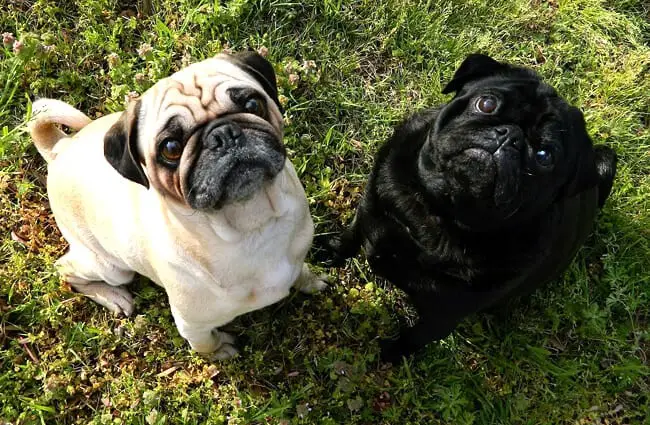

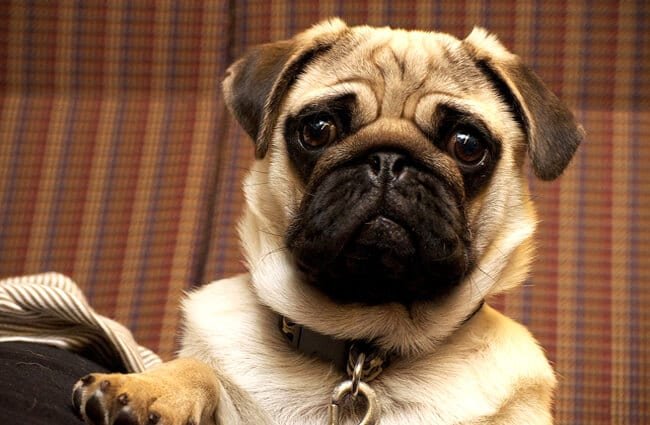
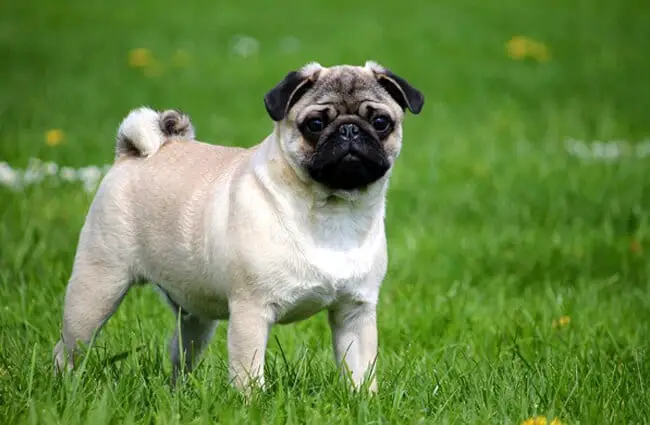
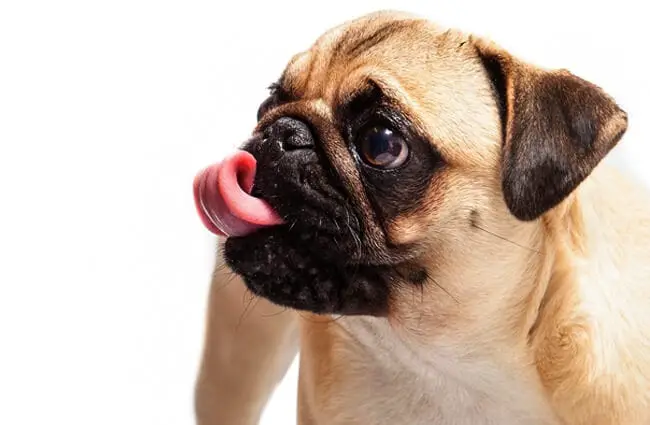


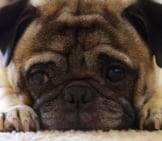

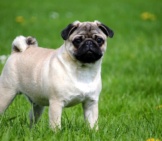

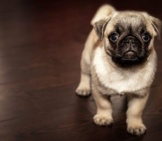





![Red Angus Closeup of a beautiful Red Angus cowPhoto by: U.S. Department of Agriculture [pubic domain]https://creativecommons.org/licenses/by/2.0/](https://animals.net/wp-content/uploads/2020/03/Red-Angus-4-100x75.jpg)

